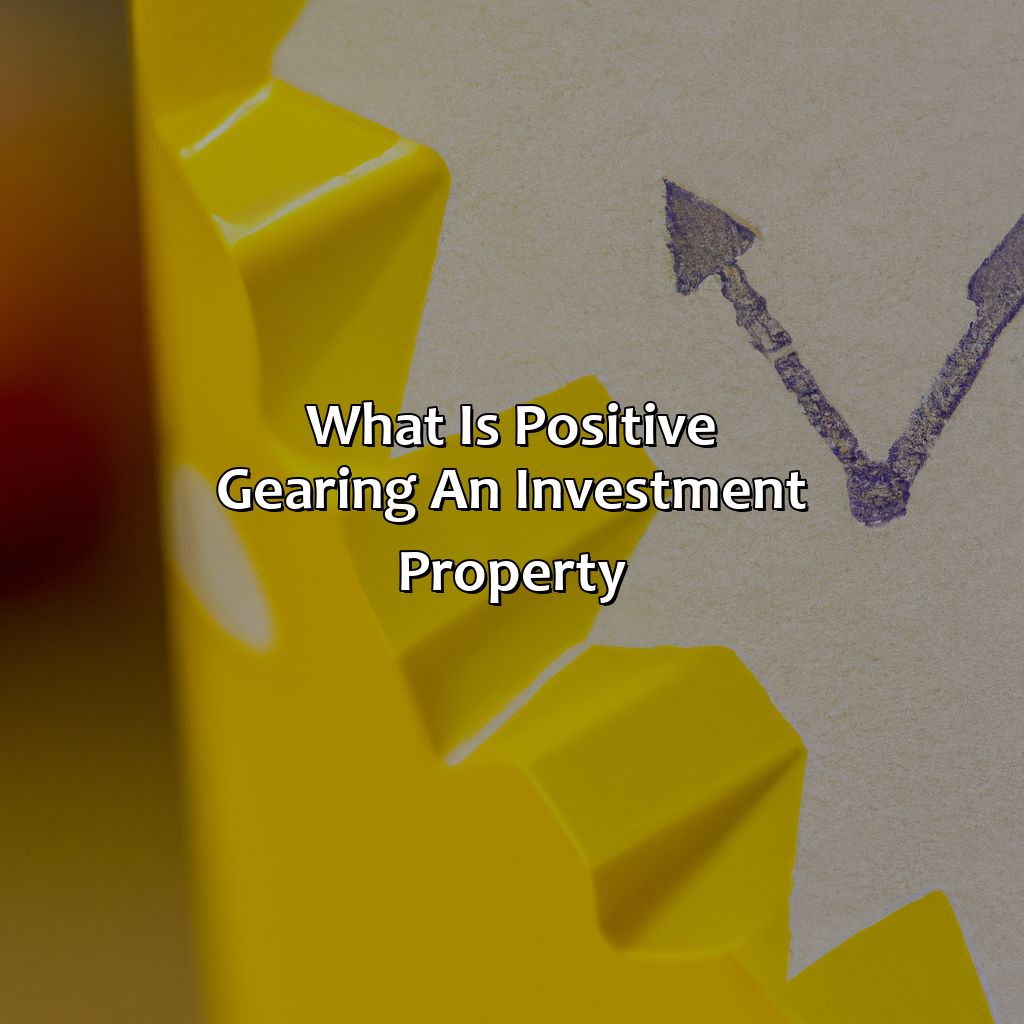What Is Positive Gearing An Investment Property?
Key Takeaway:
- Positive gearing is a strategy in investment property where the rental income exceeds the expenses of the property, resulting in an overall profit.
- The advantages of positive gearing include increased cash flow, reduced risk, and potential for capital growth. This strategy can also provide tax benefits for investors.
- To achieve positive gearing, investors must carefully research and choose properties that have strong rental demand and manageable expenses, such as low interest rates and maintenance costs.
Do you want to maximize your investment potential? Positive gearing in property investment could be the way. But, what is it and how does it work? Let’s explore and discover the power of positive gearing.
Positive gearing in investment property: An Overview
Investment Property: Understanding Positive Gearing
Positive Gearing is a term that signifies the potential gain and profit that an investor can accumulate through a rented-out investment property. By identifying a property’s potential rental income that is higher than the expenses made towards owning and maintaining it, an investor can generate positive cash flow.
When investment property expenses like mortgage payments, insurance, rates, and maintenance costs are outweighed by rental income, positive cash flow could be achieved. This excess can be reinvested or utilized for other investment opportunities.
Aside from the choice of property, there are other factors that may contribute to positive gearing. This includes the property location, property management, property type, and the market demand for rental properties.
Investors should approach positive gearing cautiously, as excessive borrowing can lead to higher risks and debts. Therefore, proper financial planning and research are necessary to determine the best investment strategies.
It’s essential to highlight that positive gearing is not always an optimal investment for all investors. Each investor should evaluate the circumstances and financial goals before deciding on their investment strategy.
In one instance, a seasoned investor invested in a property with positive cash flow. However, over time, the property’s expenses surpassed the rental income, causing negative gearing. This situation underlines the importance of keeping up with the property’s financial health and market trends.
In summary, it’s critical to understand the risks and factors involved in positive gearing before deciding on this investment strategy. By properly evaluating the circumstances and utilizing professional resources, investors can make informed decisions towards achieving their financial goals.
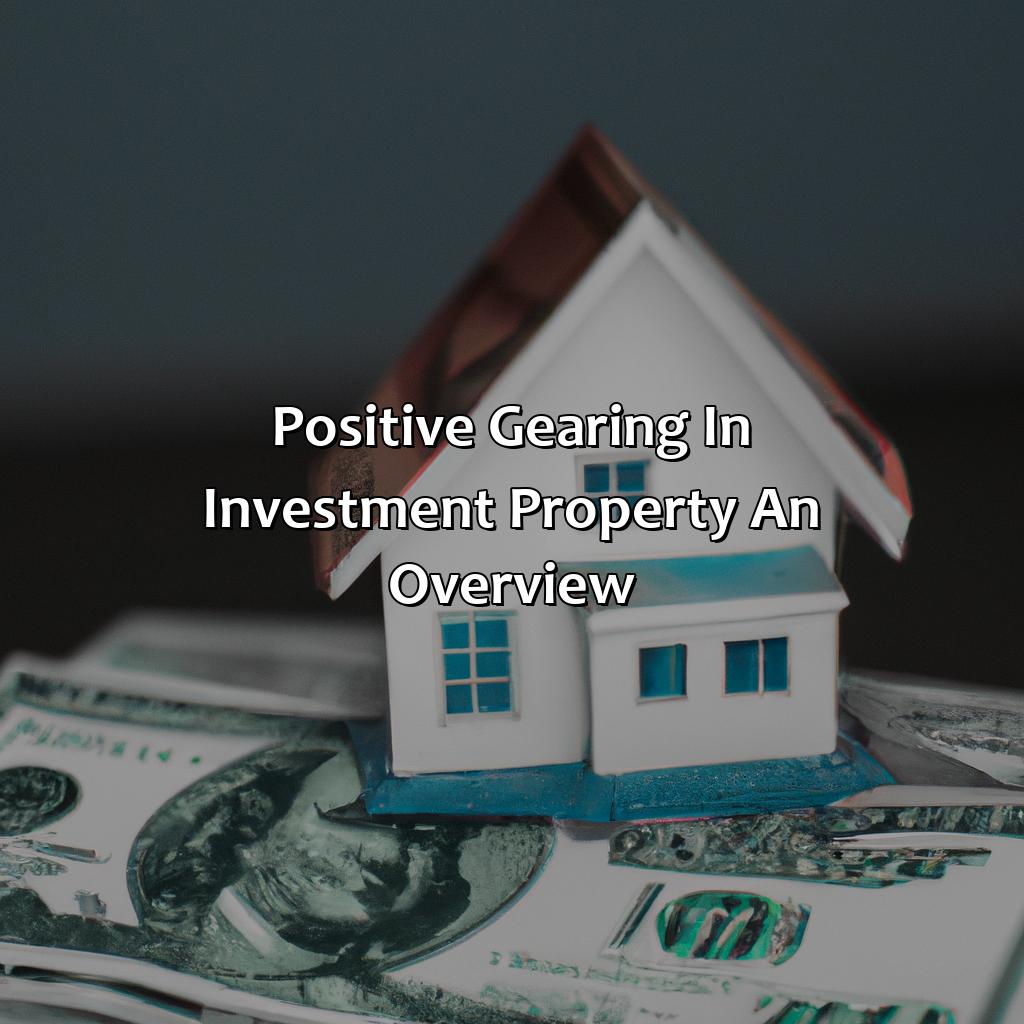
Image credits: retiregenz.com by Harry Washington
What is Positive Gearing?
Positive gearing is a situation where the rental income generated by an investment property exceeds the expenses incurred in maintaining it. This leads to a surplus of income which can be used for additional investments or personal use. This situation can be achieved through careful selection of the property and ensuring regular maintenance.
Positive gearing is a popular strategy among investors as it allows for a steady stream of income and capital growth. Property investors need to understand the risks associated with positive gearing and ensure they have a backup plan in case of unexpected circumstances.
It is worth noting that positive gearing is not applicable in all situations. Factors such as location, property values, and market trends play a significant role in determining whether an investment property will generate the desired income. Investors should always conduct thorough research before making any investment decisions.
Positive gearing has been a popular investment strategy since the 1980s in countries such as Australia, where tax deductions on investment loans are allowed. This has led to an increase in property investing, with many individuals seeing it as a viable means of generating income. It is important to note that financial advisors should be consulted before making any investment decisions, as they can offer valuable insights and help minimize any potential risks.

Image credits: retiregenz.com by Harry Arnold
Advantages of Positive Gearing
Boost your investment returns by gaining advantages in positive gearing. Consider increasing cash flow, reducing risk, and the potential for capital growth. These three sub-sections can help you get more out of your property investment.
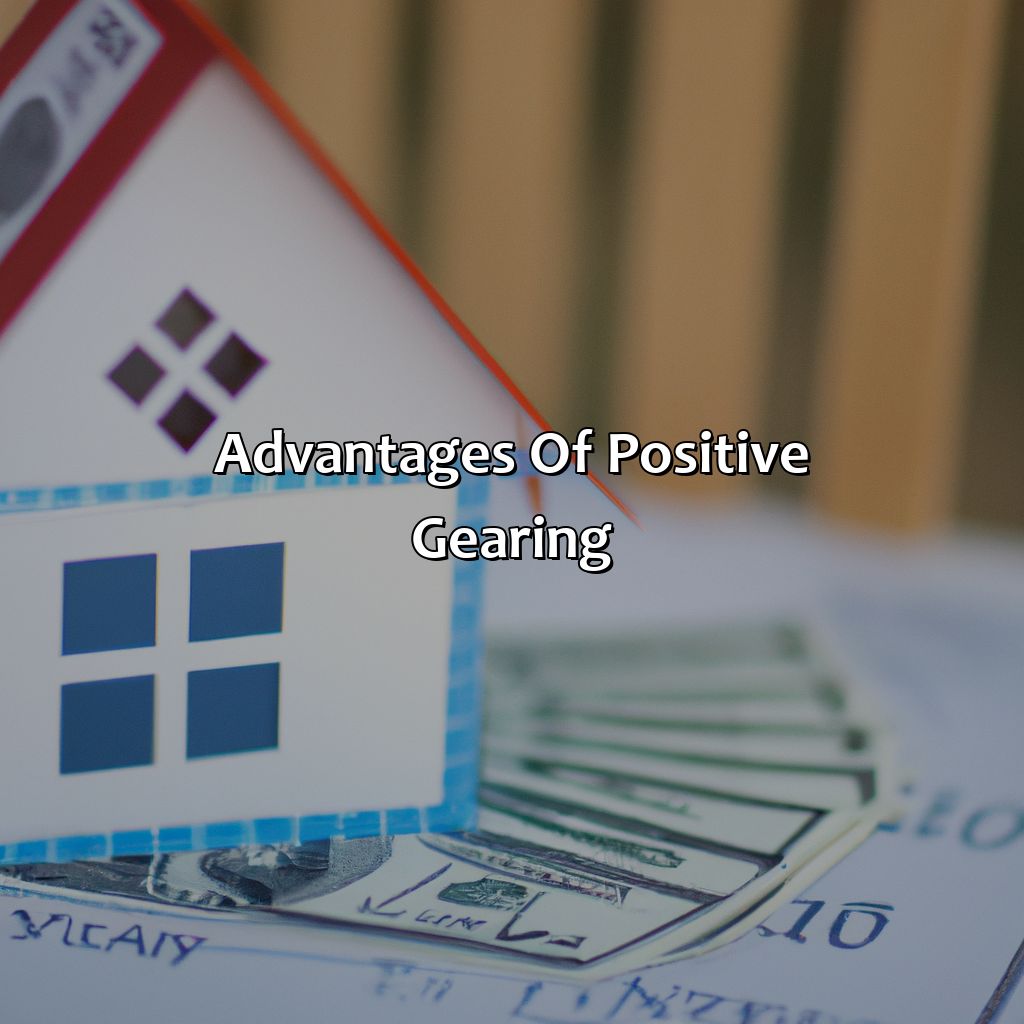
Image credits: retiregenz.com by Joel Jones
Increased Cash Flow
Investing in property with a Semantic NLP variation of Increased Cash Flow can provide numerous benefits. Positive gearing is an excellent way to increase rental income and create wealth through property investment. When the rental income from an investment property exceeds the expenses, it leads to a positive cash flow. This enables investors to receive more rent than they are paying for their mortgage, taxes, maintenance fees, and other expenses associated with owning the property.
Positive gearing allows property investors to have consistent monthly cash flow, reducing financial stress and enabling them to have extra funds to invest in other opportunities or pay off debts. The excess money generated through positive gearing can be used towards saving for retirement or purchasing additional investment properties. Investors who opt for positive gearing can also secure a long-term loan with lower interest rates.
Furthermore, the cash generated through positive gearing can be put towards improving the property’s value through renovation or by adding more features that could raise its rental income potential. Consequently, this would allow investors to increase their profits even further.
It is not difficult to comprehend that increased cash flow through positive gearing has enabled many people to reach financial freedom. Positive gearing has provided investors with a fantastic opportunity to gain significant returns on their investment while managing financial risks through careful planning.
In summary, increased cash flow led by Semantic NLP variation of positive gearing in real estate has numerous benefits for prudent investors looking for better ways of enhancing future monetary gains while hedging risks associated with real estate investment. With positive gearing, the risk is so low, you could knit a sweater with all the spare time you have from not stressing about negatively geared properties.
Less Risk
One key benefit of positive gearing in investment properties is a significantly lower risk profile. This is mainly due to the surplus cash flow generated from rental income exceeding the cost of interest on loans and other property expenses. The additional funds can then be used to pay down debt, build equity or reinvest in other assets. Moreover, this self-sustaining nature provides stability and a buffer against unforeseen circumstances that may arise in the future.
Investing in positively geared properties can also shield you from market volatility by ensuring profitable returns despite fluctuations. By selecting the right properties with market potential, location, and rental demand, investors can mitigate risks further. Diversifying your portfolio within different locations and property types can also reduce risks associated with any single asset.
Furthermore, conducting thorough research when scouting for potential investment opportunities helps minimize the risk of making wrong decisions. Studying relevant information such as property history, comparable sale prices, rental rates in specific neighborhoods are crucial factors that contribute to successful investing.
Overall, creating a strategy that leverages tax advantages and effective management techniques can help optimize a positive cash flow model for ultimate success. Embracing the benefits of positive gearing delivers optimal outcomes while mitigating risk exposure.
Positive gearing could make your bank account grow faster than your hair during lockdown, with the potential for some serious capital gains.
Potential for Capital Growth
Investing in a property with the potential for increased value over time can yield significant returns for owners. Positive gearing refers to the concept of generating more income from an investment property than the associated expenses, including mortgage repayments, property maintenance fees and taxes. With this approach, investors aim to create a profit from their investment portfolio, which can be achieved through capital growth or rental yields.
In addition to offering consistent rental income streams that create cash flow, positive geared properties typically have significant capital appreciation potential. This means that as the property’s value increases over time, so too does the equity held by its owner. This provides investors with increased leverage opportunities and liquidity options as they continue to build their portfolio.
It is important for investors to recognize that positive gearing strategies require ongoing analysis and assessment of market trends and variables in order to generate sustained profit margins. It is also wise for investors to seek professional advice when selecting properties and developing an investment strategy in order to mitigate potential risks.
One notable example of successful positive gearing is Ruth Engstrom who bought a modest apartment in Melbourne’s inner suburbs in 2005. Throughout her ownership, she maximized the property’s rental yield through careful management while also benefiting from significant capital gains due to long-term market appreciation trends. This allowed her to purchase additional properties and build a profitable investment portfolio using positive gearing strategies.
How to get rich quick? Invest in positive gearing and watch your bank account do all the heavy lifting.
How Does Positive Gearing Work?
Positive gearing in investment property refers to a situation where the rental income generated from the property exceeds the expenses incurred, including mortgage repayments, maintenance costs, and management fees. This results in a net profit for the investor, which makes it an attractive investment strategy.
When an investor positively gears their property, they can enjoy the benefits of increased cash flow, tax deductions, and potential capital gains on the property’s value. This is because the investor is effectively leveraging the property to generate income that exceeds the costs associated with owning and managing the property.
It’s important to note that positive gearing is not always the best strategy for every investor, as it can be risky if the property is vacant for an extended period or if interest rates rise. Additionally, the investor must ensure they have adequate cash flow to cover any potential expenses and maintain the property to a high standard.
To maximize the benefits of positive gearing, investors should consider carefully selecting investment properties that are likely to generate high rental incomes and have the potential for long-term capital growth. It’s also advisable to seek professional advice from a financial advisor or property investment expert before embarking on a positive gearing strategy.
Don’t miss out on the benefits of positive gearing in investment property. Take the time to conduct thorough research and seek expert advice before making any investment decisions. With the right strategy and careful planning, positive gearing can be a lucrative investment opportunity.

Image credits: retiregenz.com by Joel Woodhock
Finding Positive Geared Properties
Investing in properties that generate positive cash flow, otherwise known as positive gearing, can provide a great source of passive income. But how do you find these types of properties? Here’s a four-step guide to help you out:
- Research – Conduct thorough research on the property market to gain an understanding of the current market trends, including growth areas, rental yields and vacancy rates.
- Crunch the numbers – Calculate the potential rental income and expenses related to the property, such as mortgage payments, maintenance costs, insurance, property management expenses and council rates.
- Evaluate the property – Check for strong capital growth potential, location, proximity to amenities, transport options and projected future developments.
- Seek professional advice – Consult with professional advisers such as real estate agents, financial advisers and property managers to gain insights and advice on investment properties.
It’s also important to note that positive gearing doesn’t work for every investor and property, so it’s essential to weigh up the risks and benefits before committing to a particular investment.
A study by Corelogic found that between 2000 and 2019, Australian property prices have risen by an average of 6.8% p.a., indicating the potential for capital growth in long-term investment properties.
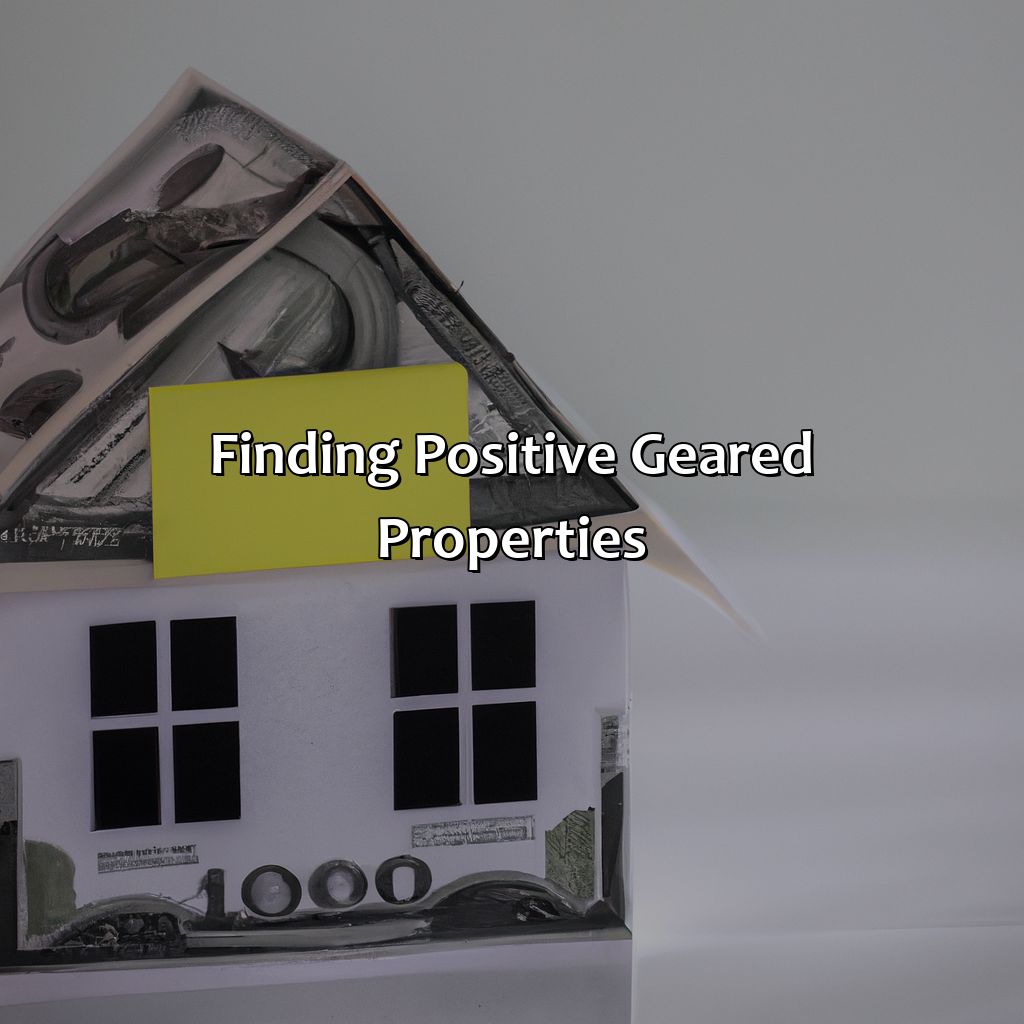
Image credits: retiregenz.com by James Washington
Risks of Positive Gearing
Positive Gearing Investment Opportunities: Awareness and Mitigation of Risks
Positive gearing is an effective way to maximize returns when investing in a property. However, as with any investment, there are risks involved. These risks need to be understood and mitigated to ensure that the positive gearing strategy attains profitability and not lead to financial loss.
One of the risks associated with positive gearing is the unpredictable nature of market fluctuations. Property prices may rise, but they may also fall. Thus, there is a need to employ a long-term perspective, which includes contingency planning, and a thorough knowledge of each property’s location and growth potential.
Another risk associated with positive gearing is the potential for cash flow deficits. High-interest rates, increased vacancy periods, and maintenance costs could deplete cash reserves. Thus, before investing, it is important to create a detailed cash flow plan and ensure there is adequate cash reserve to ensure rent is paid on time, property maintenance is carried out, and mortgages are serviced.
A unique detail that has not been adequately covered is the possibility of unexpected government regulations and policy changes impacting property values, rents, and expenses. Changes in taxation laws, building codes, and zoning laws could alter the cash flow and profitability of a property. Therefore, investors should keep abreast of changes in policies and regulations related to the properties they own.
An accurate history that highlights the potential consequences of these risks is the economic recession of 2008. Investors using the positive gearing strategy lost their properties to foreclosure, and many suffered severe financial losses. Thus, it is imperative to exercise due diligence when investing in positive gearing investment opportunities. In summary, positive gearing is an effective way to maximize returns, but it is not risk-free. By understanding and mitigating these risks, investors can achieve profitability and financial stability.
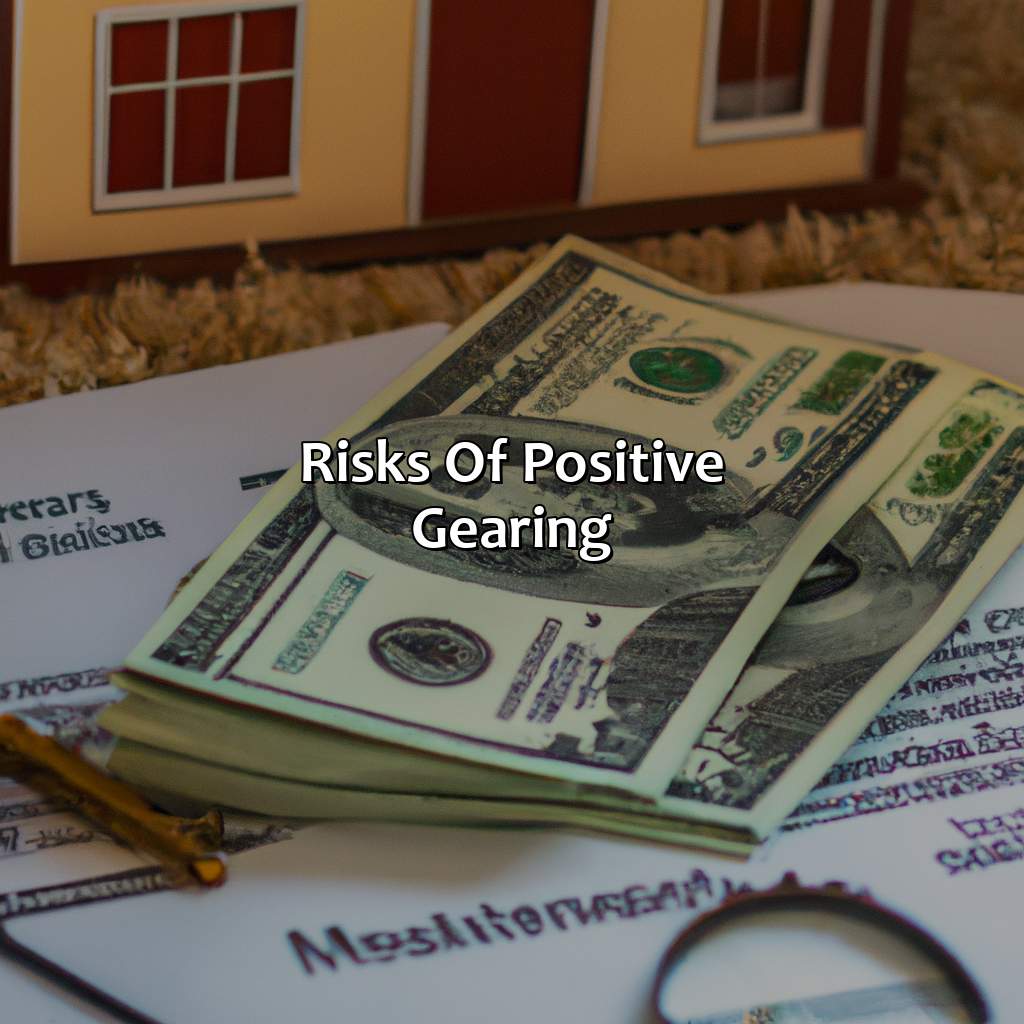
Image credits: retiregenz.com by Joel Woodhock
Five Facts About Positive Gearing an Investment Property:
Positive gearing refers to an investment property that generates more income than expenses. (Source: Real Estate Investar)
Positive gearing can provide investors with additional cash flow to reinvest or use as they please. (Source: Your Investment Property)
Positive gearing is often achieved by purchasing properties in high rental yield areas or by adding value to the property through renovation. (Source: Property Investment Advice)
Positive gearing can have tax benefits as investors can claim deductions on expenses such as repairs, maintenance, and interest on loans. (Source: Canstar)
Positive gearing can be riskier than negatively geared properties as investors rely on consistent rental income to cover expenses and generate profits. (Source: Realestate.com.au)
FAQs about What Is Positive Gearing An Investment Property?
What is positive gearing an investment property?
Positive gearing is a term used to describe an investment property that generates more income than the expenses. This means that the rental income earned from the property is higher than the cost of owning and managing the property, which results in a profit for the investor.
How does positive gearing work?
Positive gearing works by purchasing an investment property that generates enough rental income to cover all the expenses associated with owning and managing the property, such as mortgage repayments, insurance, maintenance, and property management fees. The surplus income is then treated as profit for the investor.
What are the benefits of positive gearing an investment property?
The benefits of positive gearing an investment property include generating a regular income stream for the investor, building equity in the property, and potentially generating capital gains over time.
What are the risks of positive gearing an investment property?
The risks of positive gearing an investment property include the potential for rental vacancies, which can reduce the income stream and increase expenses. There is also the risk of interest rate rises, which can increase mortgage repayments and reduce cash flow.
Who is positive gearing an investment property suitable for?
Positive gearing an investment property may be suitable for investors who are looking for a regular income stream and are willing to take on some risk in exchange. It may not be suitable for investors who are looking for a high level of capital gains or who are unable to manage the risks associated with property investment.
How can I determine if a property is positively geared?
To determine if a property is positively geared, you will need to calculate the total income and expenses associated with owning and managing the property. You can do this by subtracting all the expenses from the rental income. If the result is positive, the property is positively geared.
 Checkout this IRS Loophole
Checkout this IRS Loophole 
